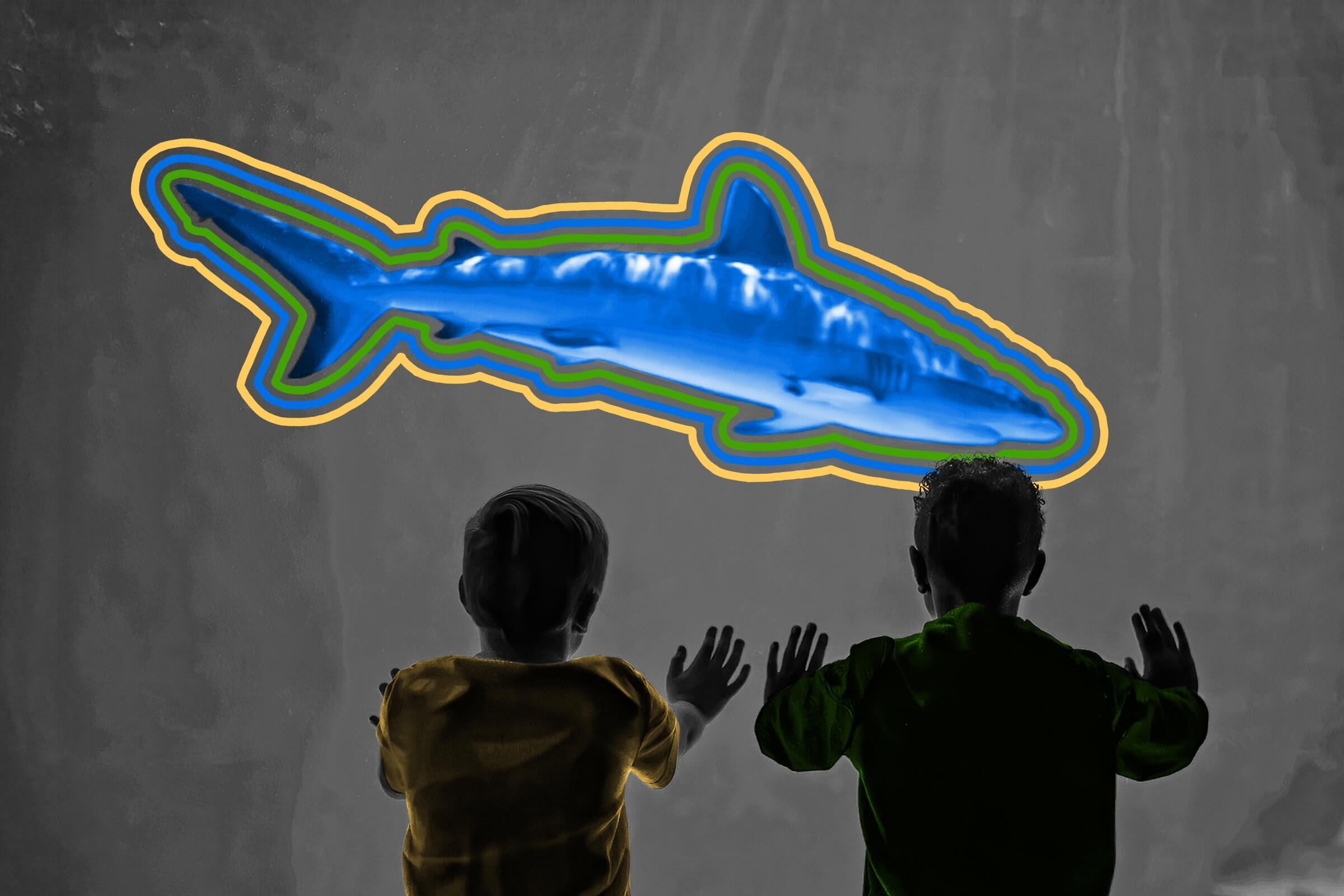BUG OUT BAGS
A bug out bag is your emergency lifeline. It is the one bag you grab when you need to leave your home fast. Fires, chemical spills, civil unrest, floods, gas leaks, and sudden evacuations all happen with zero warning. When you have a proper bag ready, you can leave instantly without scrambling to find your essentials.
What A Real Bug Out Bag Should Do
A bug out bag should keep you alive for at least seventy two hours. That means food, water, shelter, clothing, tools, and medical supplies. It should be packed in a way that you can carry comfortably. It should not be overloaded. A heavy bag slows you down and becomes a liability.
Food
You do not need gourmet meals in a bug out bag. Focus on simple and lightweight food. Energy bars, nuts, jerky, tuna packets, instant oatmeal, and freeze dried meals. Choose food that gives you calories without taking up too much space. Pack at least one full day of easy to eat food and two days of backup items.
Water
Always keep one or two small water bottles in your bag. Then add a compact water filter. This gives you a way to refill from rivers, ponds, or taps that might not be safe. Water is heavy so you rely on the filter more than the bottles. You need both.
Shelter
Your shelter items should protect you from cold, rain, and wind. Pack a lightweight tarp or emergency bivy, a survival blanket, and some cordage. These items keep you warm and dry and take up very little room. Weather is one of the biggest killers in emergencies. Do not skip shelter gear.
Clothing
Pack a spare pair of socks, a spare shirt, and a warm layer. Wet clothes drain your body heat fast. Dry socks alone can keep you moving. Choose clothing that dries quickly and can handle rough conditions.
Medical Supplies
Include a small but serious kit. Bandages, gauze, antiseptic wipes, pain relievers, blister care, and a tourniquet if you know how to use it. Even basic items can save your life when you are far from help. A bug out bag without medical supplies is incomplete.
Tools
A few simple tools make everything easier. A good knife, a lighter, waterproof matches, a small flashlight, extra batteries, a power bank, and some paracord. These tools help you build shelter, light your path, cook, and communicate. Choose reliable gear that you trust.
Navigation
Your phone is helpful but it can lose signal or battery. Add a simple map of your area and a basic compass. Even if you never used a compass before, it can still guide you in the right direction when everything else fails.
Packing Smart
Heavy items go at the bottom and close to your back. Light items go on top. Keep the things you use often near the front so you can grab them quickly. Test your bag by walking around with it. If it hurts your shoulders or feels awkward, adjust it before an emergency happens.
Where To Store It
Keep your bag in the same place at all times. A closet near the front door is perfect. Make sure every family member knows where it is and knows not to move it. During a real evacuation, seconds matter.
Common Mistakes
Some people pack too much gear. Others pack almost nothing. Some forget water entirely. Some buy cheap bags that rip. The biggest mistake is letting your bug out bag sit for years without updating it. Check it every few months. Replace expired food. Charge the power bank. Make sure everything is still working.
A bug out bag gives you mobility and freedom. When you have one ready, you never feel trapped. You know you can leave your home safely and survive long enough to find shelter, family, or help.
A bug out bag is your emergency lifeline. It is the one bag you grab when you need to leave your home fast. Fires, chemical spills, civil unrest, floods, gas leaks, and sudden evacuations all happen with zero warning. When you have a proper bag ready, you can leave instantly without scrambling to find your essentials.
What A Real Bug Out Bag Should Do
A bug out bag should keep you alive for at least seventy two hours. That means food, water, shelter, clothing, tools, and medical supplies. It should be packed in a way that you can carry comfortably. It should not be overloaded. A heavy bag slows you down and becomes a liability.
Food
You do not need gourmet meals in a bug out bag. Focus on simple and lightweight food. Energy bars, nuts, jerky, tuna packets, instant oatmeal, and freeze dried meals. Choose food that gives you calories without taking up too much space. Pack at least one full day of easy to eat food and two days of backup items.
Water
Always keep one or two small water bottles in your bag. Then add a compact water filter. This gives you a way to refill from rivers, ponds, or taps that might not be safe. Water is heavy so you rely on the filter more than the bottles. You need both.
Shelter
Your shelter items should protect you from cold, rain, and wind. Pack a lightweight tarp or emergency bivy, a survival blanket, and some cordage. These items keep you warm and dry and take up very little room. Weather is one of the biggest killers in emergencies. Do not skip shelter gear.
Clothing
Pack a spare pair of socks, a spare shirt, and a warm layer. Wet clothes drain your body heat fast. Dry socks alone can keep you moving. Choose clothing that dries quickly and can handle rough conditions.
Medical Supplies
Include a small but serious kit. Bandages, gauze, antiseptic wipes, pain relievers, blister care, and a tourniquet if you know how to use it. Even basic items can save your life when you are far from help. A bug out bag without medical supplies is incomplete.
Tools
A few simple tools make everything easier. A good knife, a lighter, waterproof matches, a small flashlight, extra batteries, a power bank, and some paracord. These tools help you build shelter, light your path, cook, and communicate. Choose reliable gear that you trust.
Navigation
Your phone is helpful but it can lose signal or battery. Add a simple map of your area and a basic compass. Even if you never used a compass before, it can still guide you in the right direction when everything else fails.
Packing Smart
Heavy items go at the bottom and close to your back. Light items go on top. Keep the things you use often near the front so you can grab them quickly. Test your bag by walking around with it. If it hurts your shoulders or feels awkward, adjust it before an emergency happens.
Where To Store It
Keep your bag in the same place at all times. A closet near the front door is perfect. Make sure every family member knows where it is and knows not to move it. During a real evacuation, seconds matter.
Common Mistakes
Some people pack too much gear. Others pack almost nothing. Some forget water entirely. Some buy cheap bags that rip. The biggest mistake is letting your bug out bag sit for years without updating it. Check it every few months. Replace expired food. Charge the power bank. Make sure everything is still working.
A bug out bag gives you mobility and freedom. When you have one ready, you never feel trapped. You know you can leave your home safely and survive long enough to find shelter, family, or help.
BUG OUT BAGS
A bug out bag is your emergency lifeline. It is the one bag you grab when you need to leave your home fast. Fires, chemical spills, civil unrest, floods, gas leaks, and sudden evacuations all happen with zero warning. When you have a proper bag ready, you can leave instantly without scrambling to find your essentials.
What A Real Bug Out Bag Should Do
A bug out bag should keep you alive for at least seventy two hours. That means food, water, shelter, clothing, tools, and medical supplies. It should be packed in a way that you can carry comfortably. It should not be overloaded. A heavy bag slows you down and becomes a liability.
Food
You do not need gourmet meals in a bug out bag. Focus on simple and lightweight food. Energy bars, nuts, jerky, tuna packets, instant oatmeal, and freeze dried meals. Choose food that gives you calories without taking up too much space. Pack at least one full day of easy to eat food and two days of backup items.
Water
Always keep one or two small water bottles in your bag. Then add a compact water filter. This gives you a way to refill from rivers, ponds, or taps that might not be safe. Water is heavy so you rely on the filter more than the bottles. You need both.
Shelter
Your shelter items should protect you from cold, rain, and wind. Pack a lightweight tarp or emergency bivy, a survival blanket, and some cordage. These items keep you warm and dry and take up very little room. Weather is one of the biggest killers in emergencies. Do not skip shelter gear.
Clothing
Pack a spare pair of socks, a spare shirt, and a warm layer. Wet clothes drain your body heat fast. Dry socks alone can keep you moving. Choose clothing that dries quickly and can handle rough conditions.
Medical Supplies
Include a small but serious kit. Bandages, gauze, antiseptic wipes, pain relievers, blister care, and a tourniquet if you know how to use it. Even basic items can save your life when you are far from help. A bug out bag without medical supplies is incomplete.
Tools
A few simple tools make everything easier. A good knife, a lighter, waterproof matches, a small flashlight, extra batteries, a power bank, and some paracord. These tools help you build shelter, light your path, cook, and communicate. Choose reliable gear that you trust.
Navigation
Your phone is helpful but it can lose signal or battery. Add a simple map of your area and a basic compass. Even if you never used a compass before, it can still guide you in the right direction when everything else fails.
Packing Smart
Heavy items go at the bottom and close to your back. Light items go on top. Keep the things you use often near the front so you can grab them quickly. Test your bag by walking around with it. If it hurts your shoulders or feels awkward, adjust it before an emergency happens.
Where To Store It
Keep your bag in the same place at all times. A closet near the front door is perfect. Make sure every family member knows where it is and knows not to move it. During a real evacuation, seconds matter.
Common Mistakes
Some people pack too much gear. Others pack almost nothing. Some forget water entirely. Some buy cheap bags that rip. The biggest mistake is letting your bug out bag sit for years without updating it. Check it every few months. Replace expired food. Charge the power bank. Make sure everything is still working.
A bug out bag gives you mobility and freedom. When you have one ready, you never feel trapped. You know you can leave your home safely and survive long enough to find shelter, family, or help.










